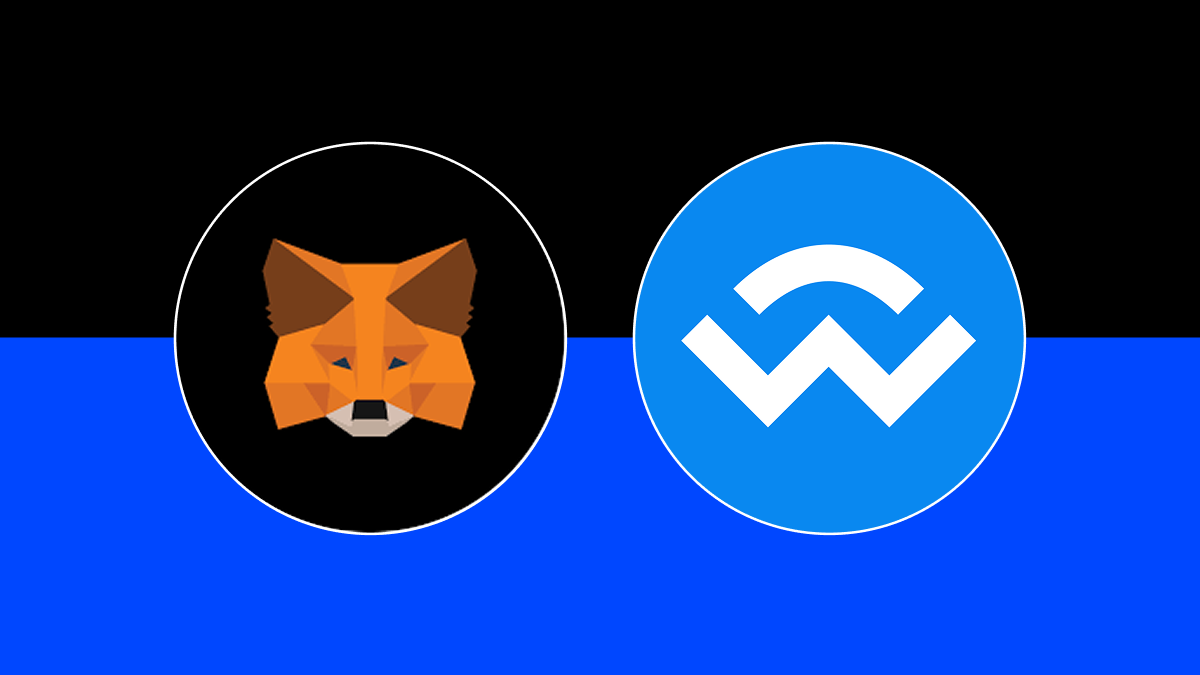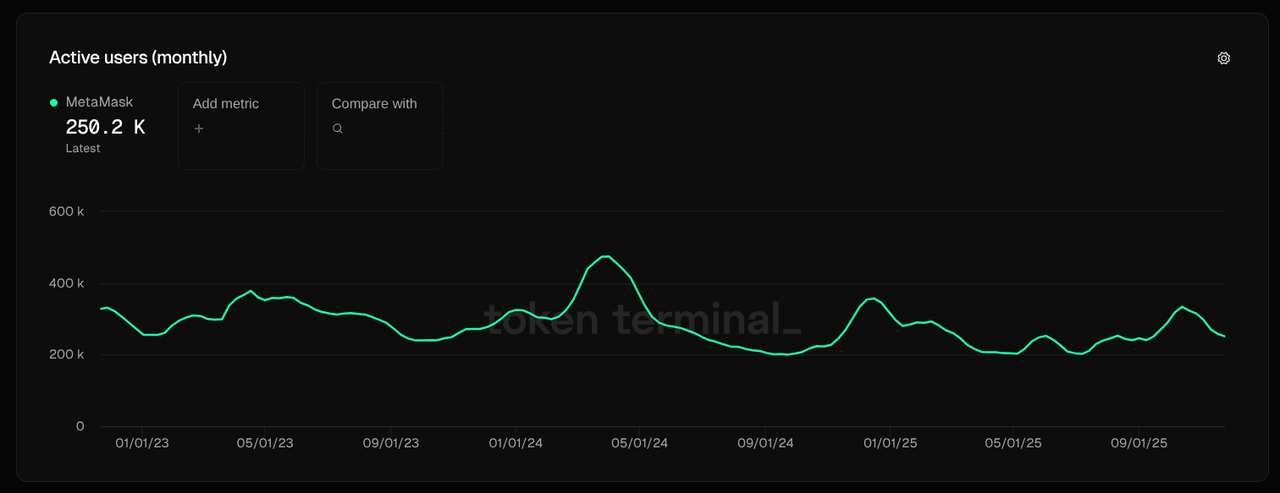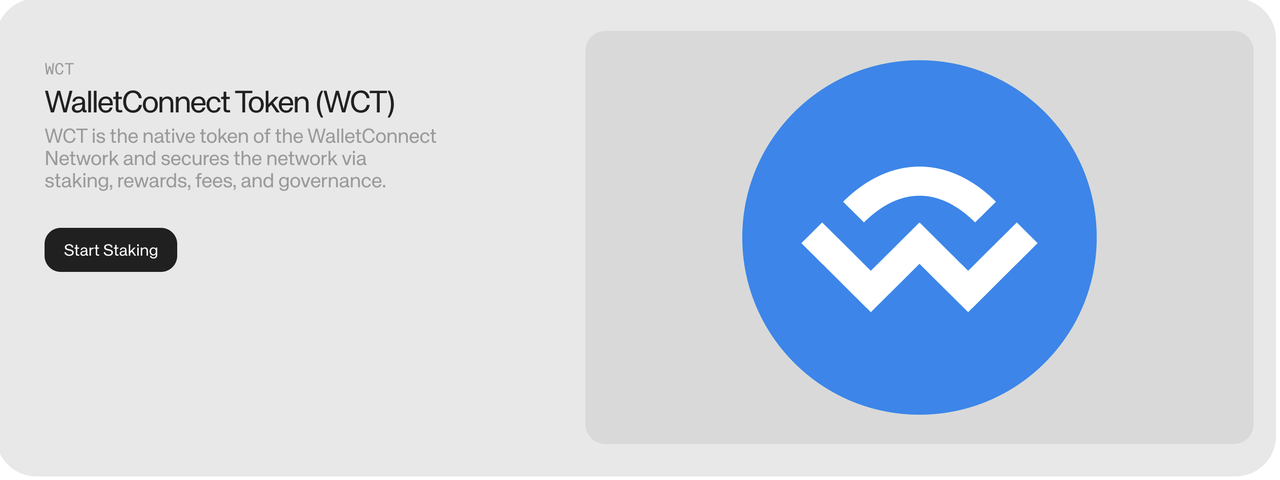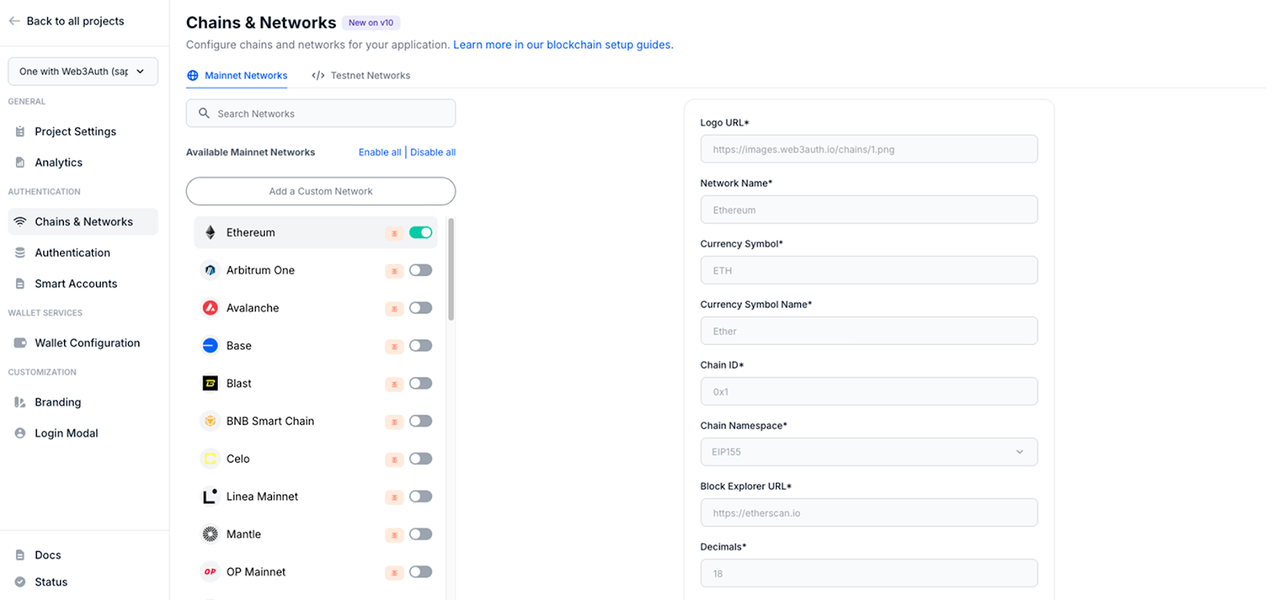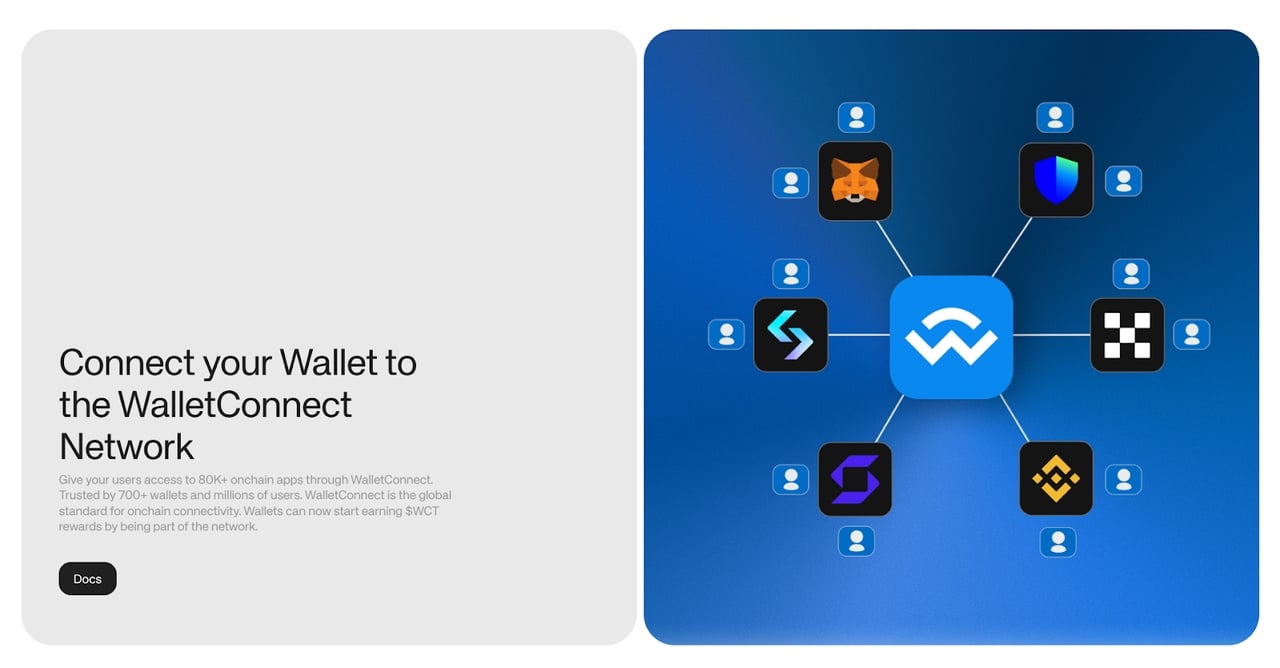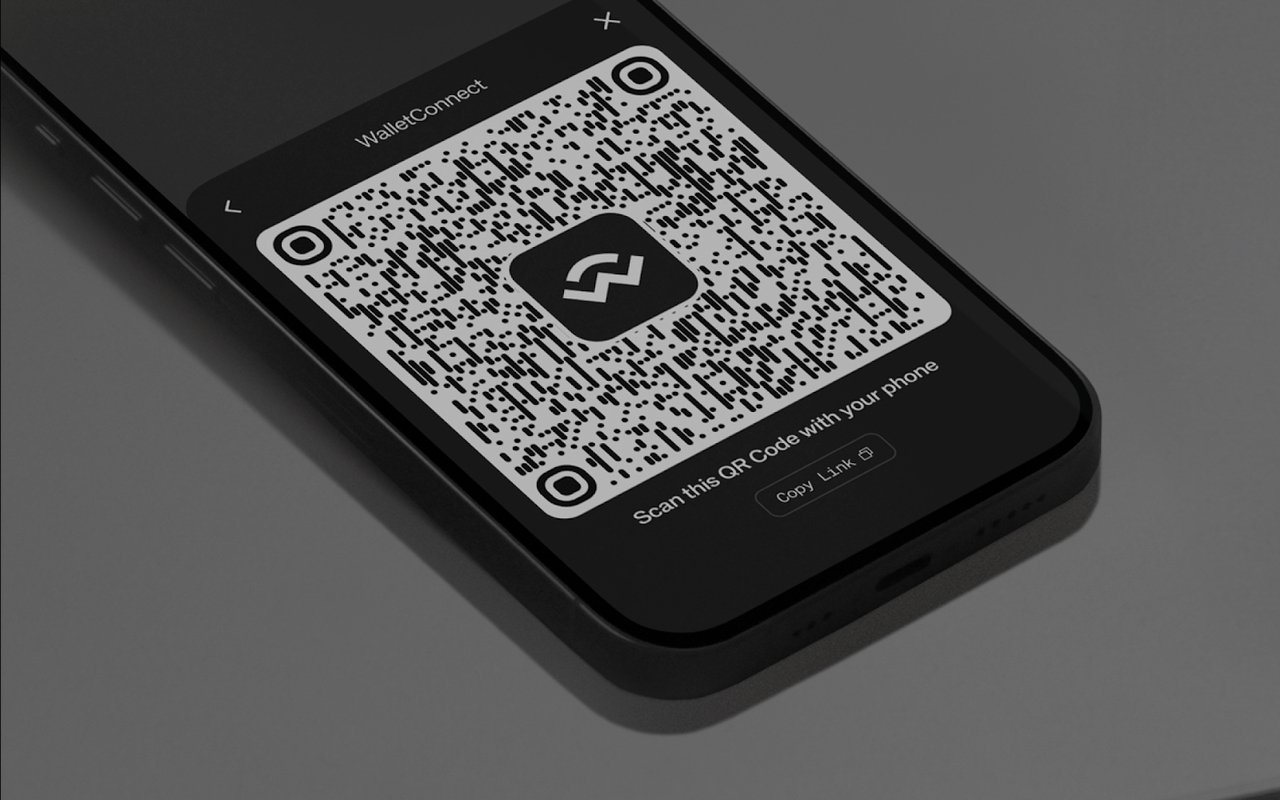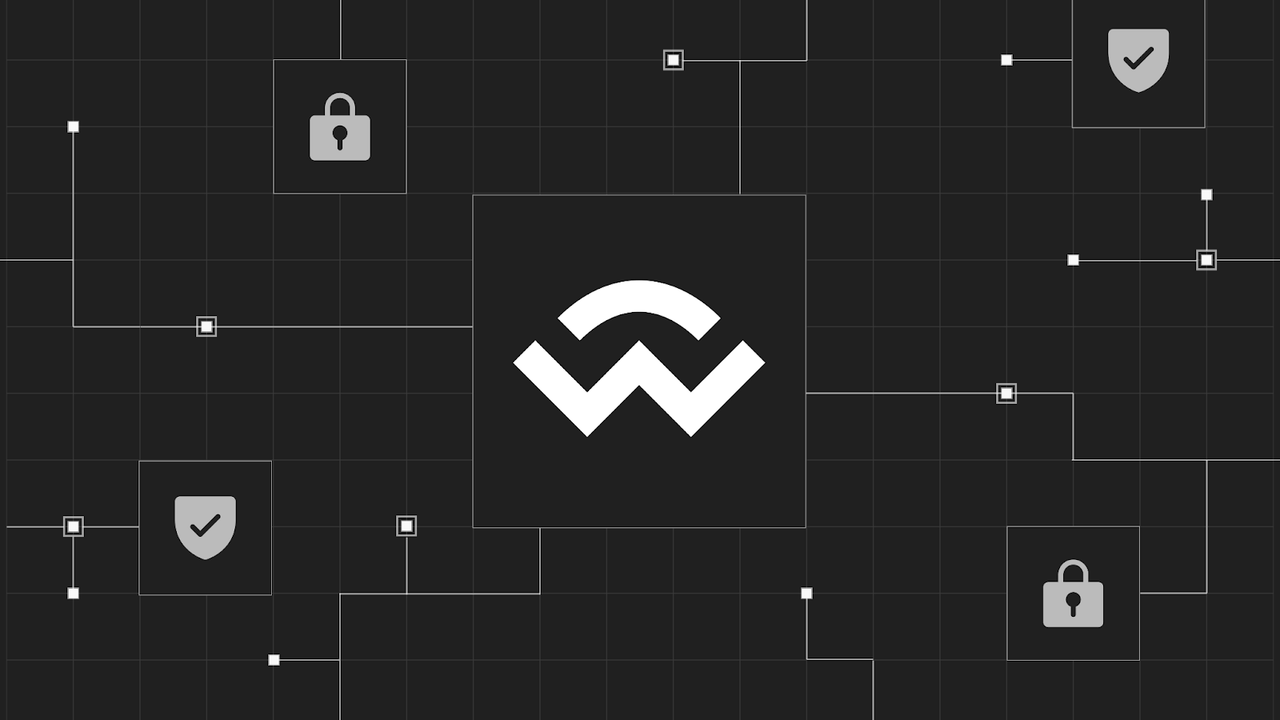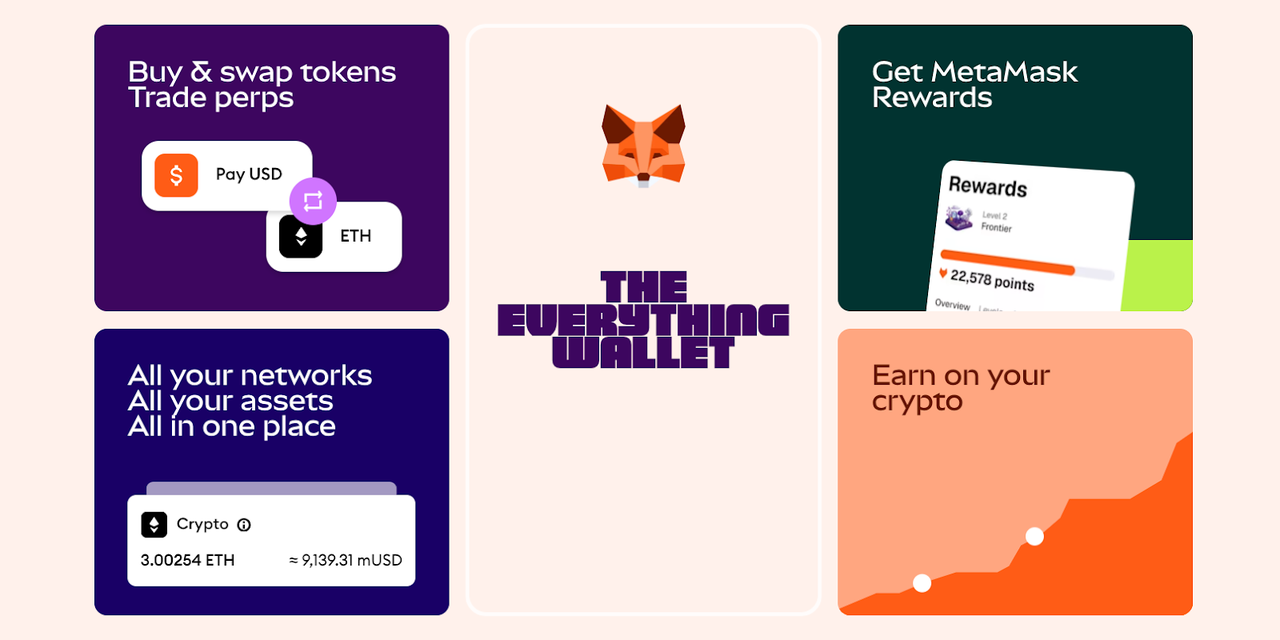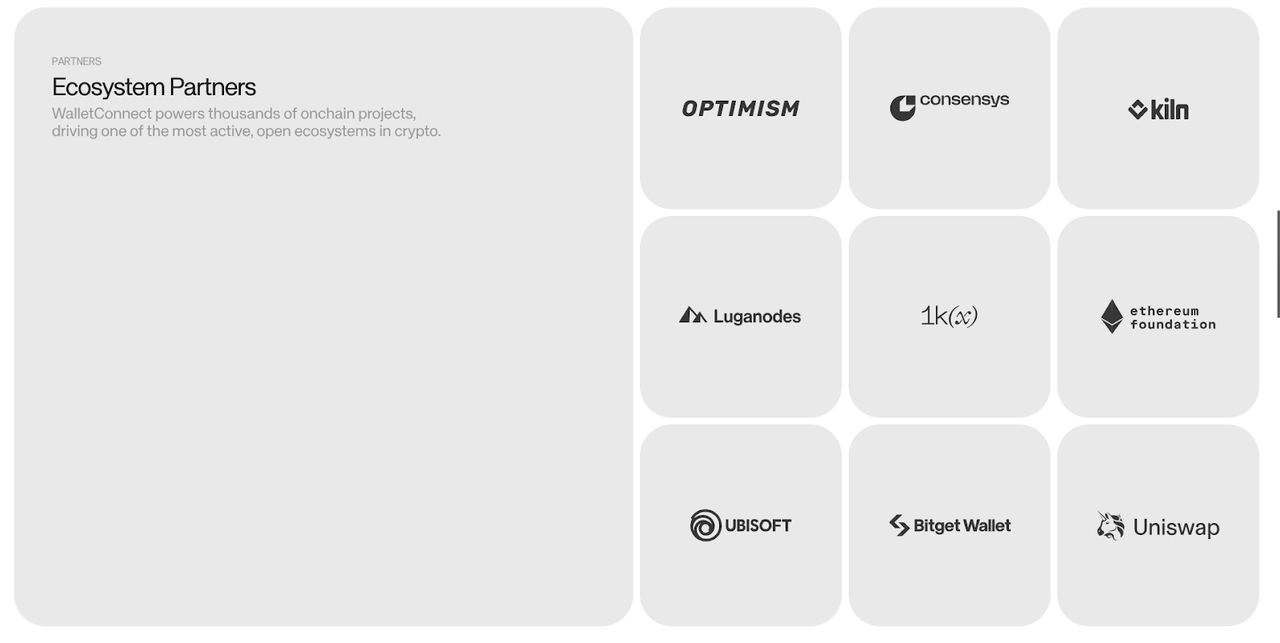Choosing the right
Web3 wallet connection method in 2025 has become more important than ever as decentralized applications expand and blockchain adoption grows globally. With over 60 million monthly active wallet users interacting with DeFi protocols, NFT marketplaces, trading platforms, and cross-chain networks, the tools used to connect to these platforms directly influence security, performance, and the overall user experience.
MetaMask and
WalletConnect are the two dominant gateways into the decentralized world, and together they account for an estimated 80% of all dApp sessions across
Ethereum,
Layer 2 networks, and multi-chain ecosystems. Their evolution throughout 2023 and 2024 brought major upgrades, including improved security standards, new developer tooling, expanded mobile compatibility, and institutional-grade features. In 2025, both Web3 solutions continue to grow rapidly, becoming an essential infrastructure for the next generation of Web3 users.
What Is MetaMask Wallet?
MetaMask is a leading
self-custody crypto wallet created by Aaron Davis and Dan Finlay, launched in 2016, and now used by over 30 million monthly active users in 2025. It enables secure storage, seamless dApp access, and transactions across Ethereum and all major EVM chains. With features like built-in swaps,
hardware wallet support, custom network integration, portfolio tracking, a multi-chain bridge, and the Snaps extension framework, MetaMask remains one of the most versatile and trusted gateways for DeFi, NFTs, and on-chain activity. The wallet has also gained additional attention thanks to ongoing speculation around a potential
MetaMask airdrop, prompting many users to stay active within the MetaMask ecosystem.
What Is WalletConnect (WCT) Wallet?
WalletConnect is an open-source protocol launched in 2018 by Pedro Gomes that enables encrypted, peer-to-peer connections between crypto wallets and decentralized apps without requiring a browser extension. It now powers over 54 million unique active wallets, more than 380 million connections, and 80,000+ dApps, making it one of the most widely adopted connectivity layers in Web3.
WalletConnect’s QR-code and deep-link system offers seamless multi-chain access, strong session persistence, and high reliability across mobile wallets like MetaMask Mobile,
Trust Wallet, and Argent. With WalletConnect v2 adding faster messaging, broader chain support, and better tooling, and the introduction of the
WCT token for incentives and governance, the protocol has solidified itself as core infrastructure for cross-wallet and multi-chain interaction.
Here’s a quick, side-by-side look at how MetaMask and WalletConnect compare in connectivity, security, features, and usability across Web3 in 2025.
1. Supported Wallets and Compatibility Comparison
MetaMask offers a native wallet available on desktop browsers and mobile, supporting Chrome, Firefox, Brave, Edge, and iOS/Android. It connects to dApps through automatic browser injection and, by 2025, provides access to 25+ blockchains via MetaMask Portfolio, with additional networks enabled through Snaps, making it a strong all-in-one solution for EVM users who want everything in a single interface. The full list of supported blockchains from MetaMask is
here.
WalletConnect, in contrast, isn’t a wallet but a universal connectivity protocol compatible with 300+ external wallets across EVM and non-EVM ecosystems. Its QR-code and deep-link system enables broad access to networks like
Solana,
Cosmos, and
BNB Chain that MetaMask doesn’t natively support. For users who interact across multiple chains or switch wallets frequently, WalletConnect offers the widest ecosystem coverage in Web3.
2. User Experience: Browser Extension vs QR Code Mobile Connection
Source: MetaMask
MetaMask delivers an instant, browser-based experience where dApps automatically detect the extension, making desktop interactions feel seamless and familiar. Its mobile in-app browser mirrors this flow, but the interface can feel crowded as features like swaps, bridging, and Snaps expand, creating a steeper learning curve for some users in 2025.
WalletConnect takes a mobile-first approach using QR codes and deep links to establish encrypted sessions between any supported wallet and a dApp. While scanning adds one extra step, it avoids extension compatibility issues and enables smooth switching across 300+ wallets and multiple chains. This makes WalletConnect especially strong for users who operate primarily on mobile or interact with non-EVM networks.
3. Security Features
MetaMask secures user assets by encrypting private keys locally and never holding custody, while supporting hardware wallets like
Ledger and
Trezor for stronger protection. From 2023–2025, it added advanced contract risk alerts that flag malicious approvals,
phishing attempts, and suspicious gas behaviors, significantly improving on-chain safety. However, because it operates in browser environments, MetaMask users still face phishing risks if they approve harmful transactions.
WalletConnect, by contrast, never stores private keys. It acts only as an encrypted communication layer, generating unique symmetric keys for each session and limiting permissions to reduce over-approval risks. WalletConnect v2 further enhanced security with isolated network environments and multi-chain authentication to prevent session hijacking. Ultimately, the security level depends on the connected wallet, meaning users pairing WalletConnect with high-security wallets like Ledger Live gain extremely strong protection.
4. Privacy and Data Control Comparison
MetaMask collects limited metadata but, as a browser extension, may expose information like IP address or browser details. After scrutiny in 2022, ConsenSys added opt-out controls in 2023 and now allows users to switch to privacy-focused RPCs, while private keys always remain stored locally. Still, its browser-based architecture introduces more potential metadata leakage than mobile-only solutions.
WalletConnect offers stronger privacy by design because it doesn’t act as a wallet, store private keys, or collect user data. Session messages are encrypted and routed through decentralized relayers in WalletConnect v2, avoiding browser metadata entirely. For users who prioritize anonymity and minimal data exposure, WalletConnect generally provides a more privacy-preserving connection model.
5. Performance and Connection Speed
MetaMask delivers very fast connection speeds on desktop because dApps detect the browser extension instantly, making onboarding nearly frictionless. Its swaps and bridge features are optimized through MetaMask Portfolio, and multi-RPC switching introduced in 2024 helps reduce congestion-related slowdowns. Overall, MetaMask ranks among the fastest wallets for desktop-based DeFi and dApp interactions.
WalletConnect’s speed depends on the connected wallet and relay network, but WalletConnect v2 significantly boosted performance with topic-based messaging, persistent sessions, and more stable multi-chain communication. While the QR scan adds a brief step on desktop, ongoing sessions remain highly reliable, and mobile users often find WalletConnect faster for minting, DeFi actions, and managing multiple wallets across chains.
6. Supported Blockchains and dApp Ecosystem
MetaMask is optimized for Ethereum and EVM chains, offering native support for major networks like Ethereum,
Arbitrum,
Optimism,
Base,
Polygon, BNB Chain,
Avalanche C-Chain, and more by 2025. Additional networks, including
Bitcoin, Cosmos, and Solana, can be enabled through MetaMask Snaps, but its strongest and deepest integrations remain within the Ethereum ecosystem, where it serves as the default wallet for most top dApps.
WalletConnect leads in multi-chain coverage because it acts as a universal connection protocol rather than a standalone wallet. By 2025, it supports hundreds of wallets across EVM, Cosmos, Solana,
Near,
Aptos,
Sui, BNB Chain, and many other ecosystems, making it the most widely adopted standard for cross-chain dApp connectivity. For users who frequently switch between chains, WalletConnect provides broader reach than any single wallet, including MetaMask.
What Are the Pros and Cons of MetaMask and WalletConnect?
MetaMask offers excellent usability, strong integration with Ethereum applications, and a familiar interface that millions of users trust. Its built-in features like swaps, staking, bridging, and Snaps make it one of the most comprehensive Web3 tools available. However, MetaMask's browser-based environment exposes users to phishing risks, and its default RPC configurations may raise privacy concerns for some users. The learning curve can also feel steep for beginners who are new to decentralized finance.
WalletConnect's greatest strengths include broad wallet compatibility, an excellent mobile experience, strong privacy by design, and seamless integration across hundreds of blockchains. Because it is not a wallet itself, WalletConnect avoids private key risk and allows users to maintain custody at all times. However, performance depends heavily on external wallets, and connection issues may occur for users with outdated wallet apps or slower relay networks. The QR scanning process can also feel less intuitive for beginners compared to MetaMask's automatic browser injection.
When to Use MetaMask and WalletConnect: Best Use Cases
MetaMask is best suited for users who operate primarily within the Ethereum ecosystem or rely on EVM-compatible networks. It is ideal for desktop traders, NFT collectors, and DeFi users who interact with platforms like
Uniswap,
Aave,
Curve, OpenSea, and
Blur. MetaMask is also a strong choice for users who want an all-in-one wallet with built-in swapping, bridging, and token management. Developers prefer MetaMask because it integrates easily with local test networks and supports Web3 development tools. Users who want modular customization through Snaps or advanced transaction insights will also benefit from MetaMask's expanding feature set.

WalletConnect is best suited for users who prefer mobile wallets or maintain multiple wallets across various chains. It is ideal for users active in ecosystems like Cosmos, Solana, or Aptos, where MetaMask has limited native support. NFT traders who mint directly from mobile apps often favor WalletConnect due to its speed and stability during drops. Institutional users also benefit from WalletConnect because it integrates with custody platforms and multi-signature wallets. WalletConnect is the right choice for anyone who values privacy, multi-chain flexibility, or a wallet-agnostic user experience.
Can You Use MetaMask and WalletConnect Together?
Yes, MetaMask and WalletConnect can be used together, and many users do exactly that. MetaMask can be connected to dApps through WalletConnect on mobile, allowing users to enjoy MetaMask's interface while benefiting from WalletConnect's mobile-first connectivity. This hybrid setup is common among users who want to use MetaMask for EVM operations but also want the convenience of WalletConnect QR sessions. Developers often use both tools simultaneously to test user flows across desktop and mobile. Using both systems together provides maximum flexibility and access across the entire decentralized ecosystem.
Future Roadmap: MetaMask Snaps vs. WalletConnect v2
MetaMask's roadmap focuses heavily on expanding the Snaps ecosystem. Snaps allow developers to extend MetaMask's functionality by adding support for new networks, custom security tools, account recovery modules, and hardware integrations. By 2025, MetaMask expects to support more than 1,000 Snaps, positioning it as a fully modular wallet ecosystem. MetaMask is also improving its transaction simulation engine and exploring account abstraction features that will reduce gas costs and simplify onboarding.
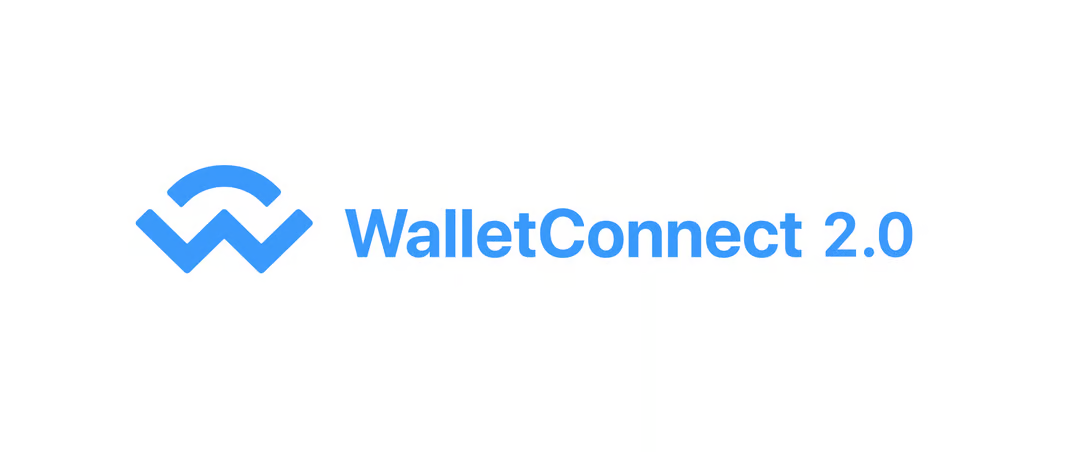
WalletConnect's roadmap revolves around further strengthening WalletConnect v2, which enables multi-chain sessions, decentralized relay networks, and advanced message encryption. The team behind WalletConnect is also developing cloud backup standards for encrypted session states, which will help users maintain persistent connections across devices. WalletConnect aims to become the universal communication layer for Web3 and is working to onboard enterprise clients that require secure, scalable infrastructure for institutional DeFi activity.
How to Fund Your MetaMask and WalletConnect Wallets
Getting started with web3 wallets like MetaMask and WalletConnect is easy, and funding your wallet through BingX makes it even smoother. BingX allows you to buy popular cryptocurrencies like
ETH,
USDT, and
POL directly on its spot market, which you can then send to your crypto wallet to start using DeFi apps, trading NFTs, or exploring Web3.
Buy Ethereum on BingX spot market, powered by BingX AI's automated market analysis
Once you’ve purchased your crypto on BingX, you can send it to your MetaMask or WalletConnect wallet in minutes. Just copy your wallet address and paste it into BingX’s withdrawal page. After confirming the transaction, your funds will appear in your wallet, ready for use in the decentralized world.
BingX is a great choice because it offers low trading and transfer fees, deep liquidity for seamless transactions, and real-time prices on major tokens. With
BingX AI providing smart market insights, plus a beginner-friendly interface and advanced security, it’s easy and safe to buy crypto and transfer funds to MetaMask and WalletConnect.
With BingX, you’re set up for a fast, secure, and affordable Web3 onboarding experience.
Other Ways to Add Funds to Your Crypto Wallet
You can fund your wallet not only by transferring crypto from centralized exchanges like BingX, but also by buying crypto directly within MetaMask using integrated providers or swapping tokens via decentralized exchanges (
DEXs) like
Uniswap. These options offer flexibility, but fees, slippage, and network conditions may vary.
Conclusion
MetaMask and WalletConnect both play essential roles in the expanding decentralized ecosystem, each offering distinct strengths that cater to different user preferences and technical needs. MetaMask excels as an all-in-one wallet solution for Ethereum and EVM users, while WalletConnect stands out for multi-chain compatibility, privacy, and mobile-first usability. In 2025, the choice between them depends on whether a user values convenience and deep integration or flexibility and broad ecosystem support. Many users will continue using both to maximize performance across desktop and mobile environments. As Web3 adoption accelerates, both MetaMask and WalletConnect will remain critical tools for accessing decentralized applications securely and efficiently.
Related Reading
